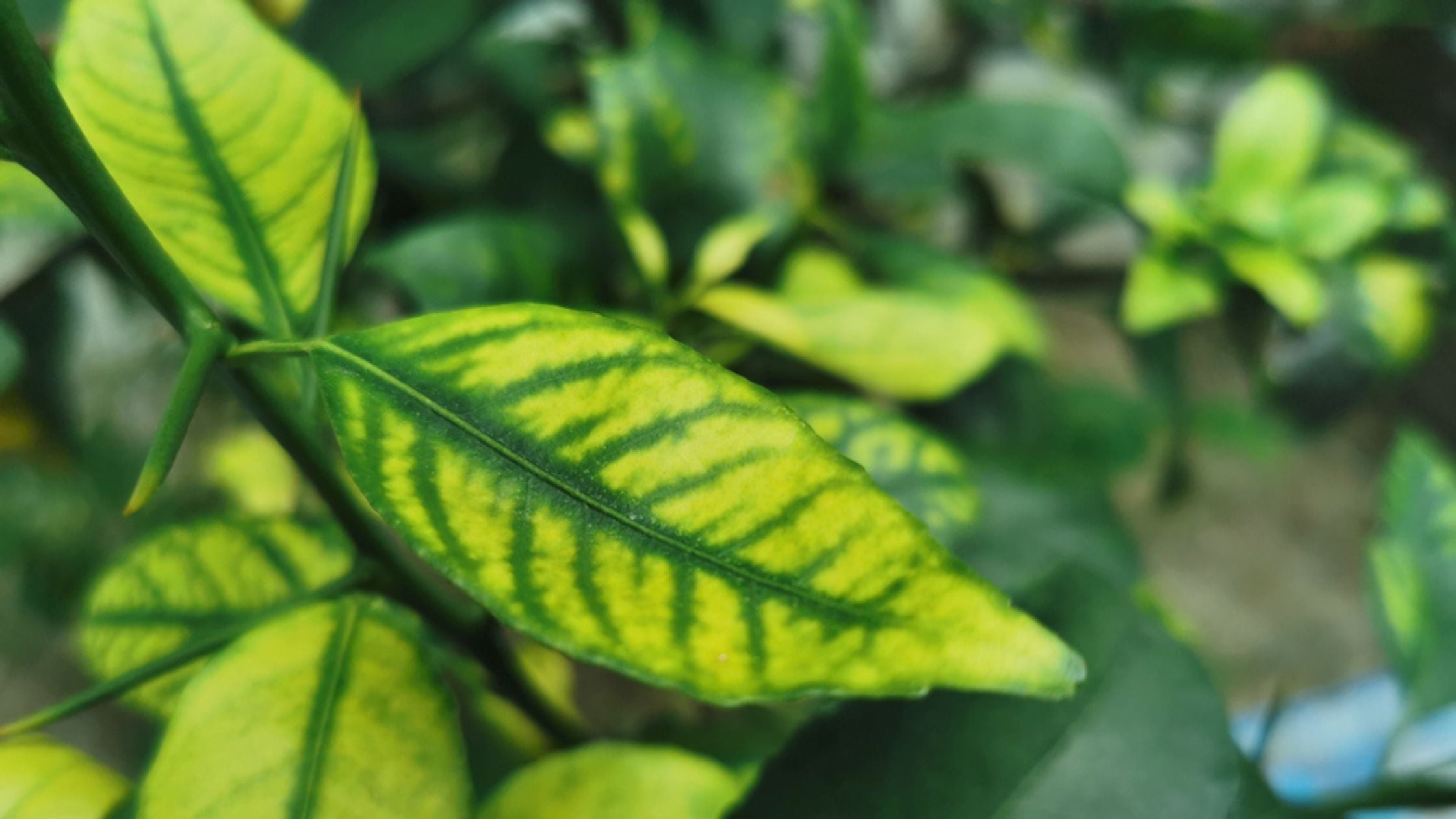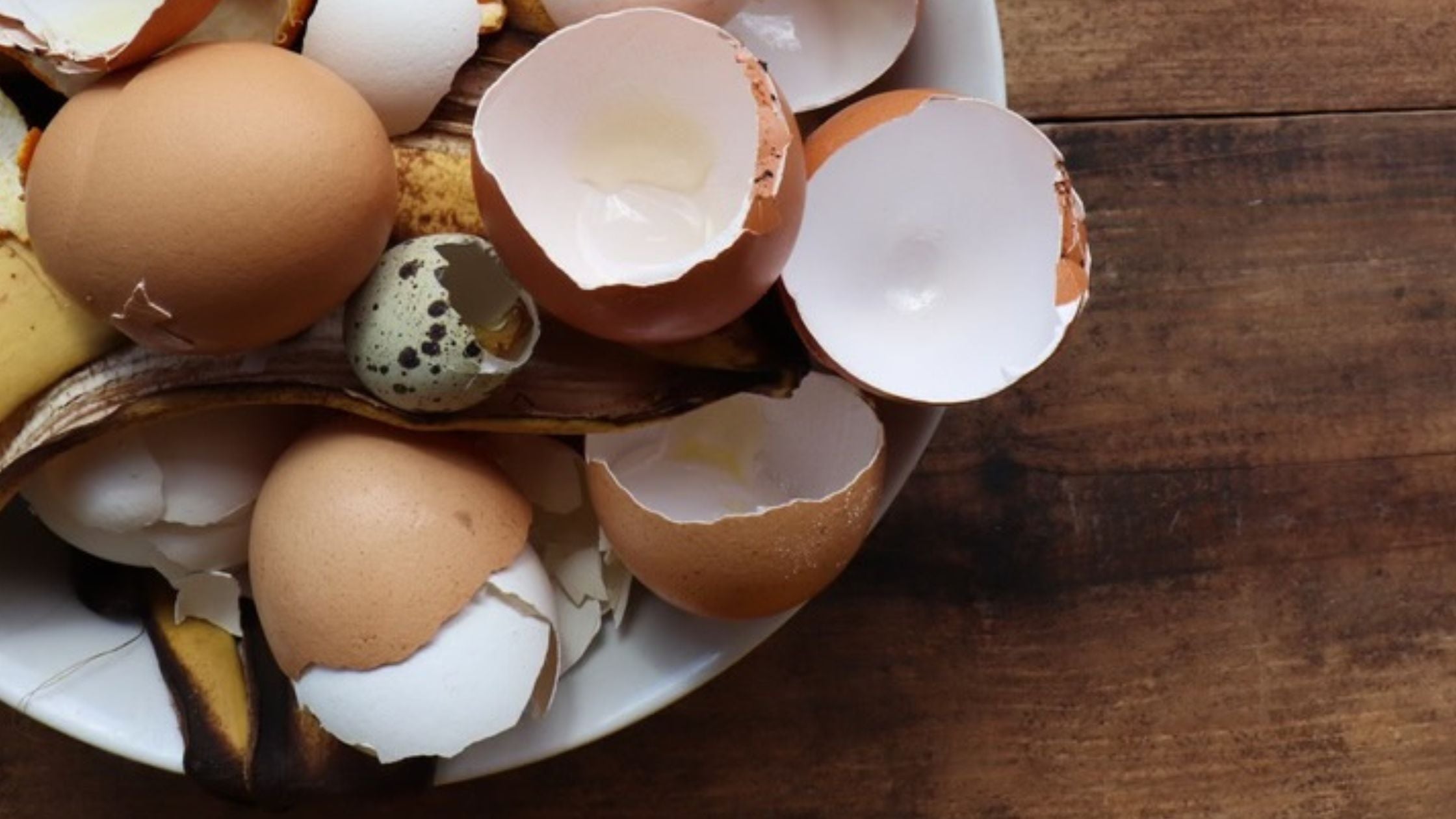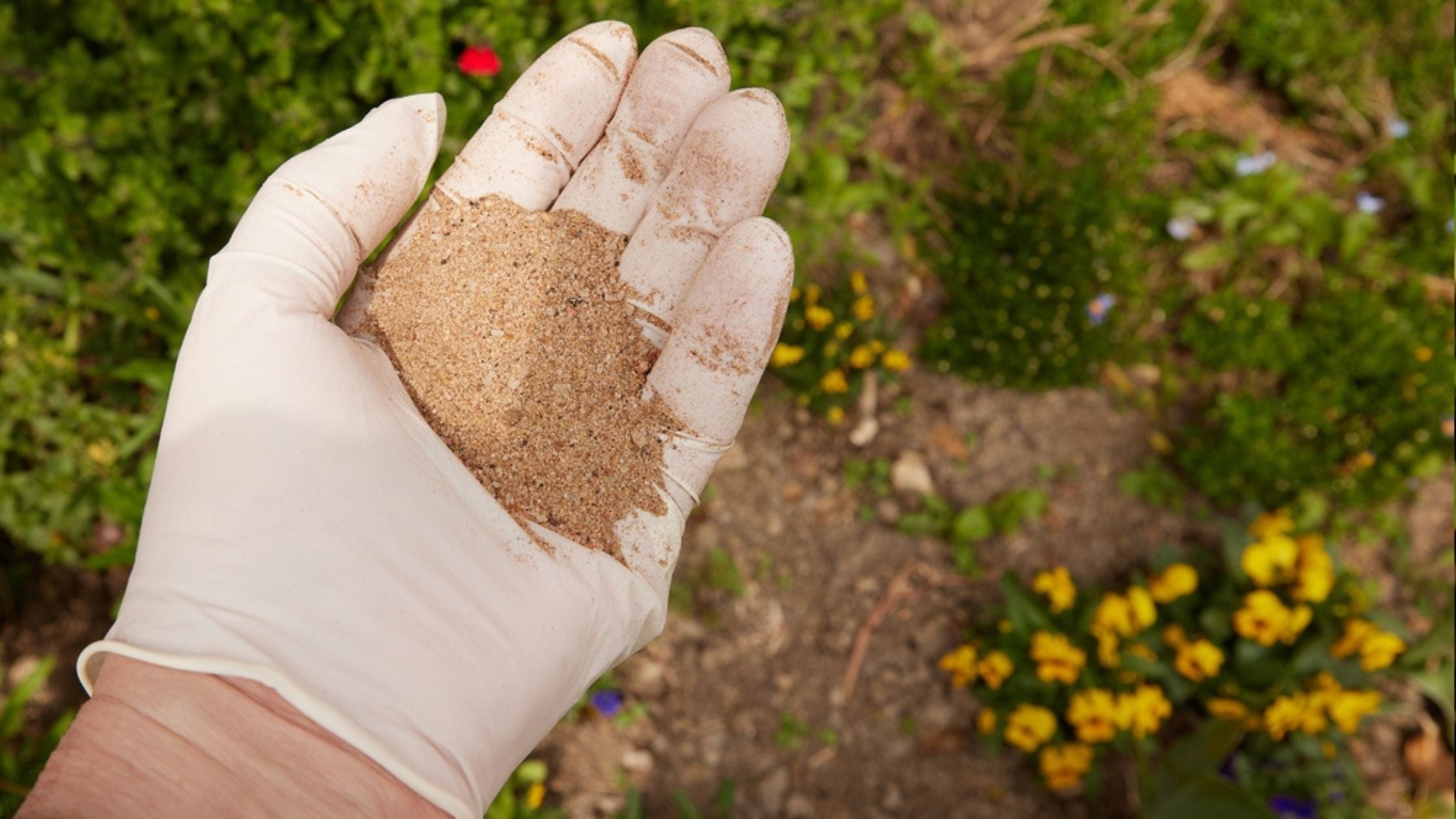
Potassium Toxicity in Plants
Along with phosphorus and nitrogen, potassium (a.k.a. potash) is one of the three macronutrients plants need in the most significant amounts. Plants quickly die without potassium, and while potassium toxicity is rare, an excess of the mineral can also be problematic.
To understand how to avoid too much potassium in plants and why this is so important, let's first answer the question, "What does potassium do for plants?"
How does potassium help plants?
Potassium is a multitasking mineral involved in various plant processes that keep them growing strong and healthy.
One of the key things potassium does is help plants regulate the opening and closing of their stomata, which are like tiny pores on the surface of leaves. By controlling these pores, potassium allows plants to optimize photosynthesis and manage their water balance, especially during stressors like drought, frost, or heatwave.
Potassium is also a key player in activating essential enzymes for plant growth and development. These enzymes affect everything from protein synthesis to carbohydrate metabolism and energy transfer. Basically, potassium helps keep the plant's internal machinery running smoothly.
Additionally, potassium helps move sugars and other nutrients from the leaves to other parts of the plant, like the roots, fruits, and storage organs. This is crucial for ensuring the plant gets all the nourishment needed to thrive.
Potassium also helps to strengthen cell walls and improve stem robustness, making plants more resistant to drooping and falling over and better able to handle various environmental stresses.
Lastly, potassium helps plants ward off diseases and pests by promoting the production of compounds involved in defense mechanisms.
How much potassium is too much?
Potassium toxicity in plants is actually rare because plants regulate the uptake of potassium ions well and tend to have a high tolerance to potassium.
At normal levels, potassium concentration in plants varies between 0.2 and 2.5% but can reach as high as between 3-8%. This means plants won't immediately die if they take up more potassium than they expend on performing life functions.
That said, only give potassium-rich fertilizers to plants that need high levels of this nutrient, and always follow manufacturer instructions on the amounts you should use.
What happens when a plant takes up too much potassium?
Although extra potassium may not damage plants immediately or rapidly, it will eventually have indirect, severe effects on overall plant nutrition.
Excess potassium affects overall plant nutrition by preventing the plant from taking up other mineral nutrients, particularly magnesium, iron, zinc, and calcium. This phenomenon is called ion antagonism or cation competition (cation refers to positively charged ions), where the presence of one element limits the absorption of others.
While a potassium deficiency encourages plants to absorb substitute minerals at a high rate (especially magnesium), a potassium excess will stop other minerals from being taken up.
Excess potassium in grazing pasture can be problematic for sheep and cattle farmers because their animals may become magnesium deficient by eating plants too high in potassium.
The overall nutrient imbalances caused by excess potassium will limit plant growth (particularly in the stems and roots) and fruit yield. Excess potassium will affect the most mature tissues first because this is where the mineral has had the most time to accumulate.
Another damaging effect of excess potassium is lipid peroxidation, a chemical reaction that produces free radicals. These free radicals react with, injure, and eventually kill cells.
Excess potassium also increases electrolyte leakage, the loss of minerals from cells through their membranes, a typical stress response by plant cells. Scientists often use electrolyte leakage to measure plant industry, for example, freezing temperatures and other stresses.
What does potassium toxicity look like?
Potassium toxicity is very difficult to notice as the plants won’t display specific symptoms because of the excess itself. The excess is likely to lead to nitrogen and calcium deficiency, so look out for symptoms like leaf tissues turning yellow between the veins and brownish spots.
How to avoid potassium toxicity
Potassium is already quite abundant in soils, so overzealous gardeners can easily add too much in the form of liquid fertilizer. If you need help determining whether or not to add potassium fertilizer to your soil, get a testing kit to know precisely what nutrients are in your soil.
When adding potassium fertilizer to your soil, remember that clay soils generally have higher potassium content while sandy types have less. The structure of clay soil particles allows them to retain the potassium ions much more effectively, meaning you won't have to fertilize as frequently.



1 comment
We have a water softener system in which we use potassium pellets rather than salt. The entire house and irrigation system is hooked up. We have been doing this for four years. Our citrus trees (4) are looking pretty poorly, and I am wondering if they could be suffering from too much potassium. We live in Tucson, AZ. This year’s fruit crop is good, but we have a serious loss of leaves. In addition, I have also notified recently that the Gardina and camellia are now suffering from a similar poor look with rusty leaves. Any idea?
Thanks
Marcia McCarty Kerl
Leave a comment
This site is protected by hCaptcha and the hCaptcha Privacy Policy and Terms of Service apply.